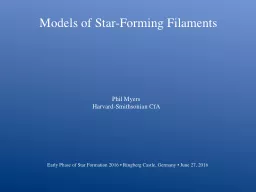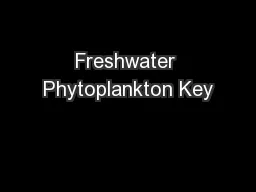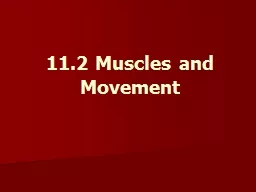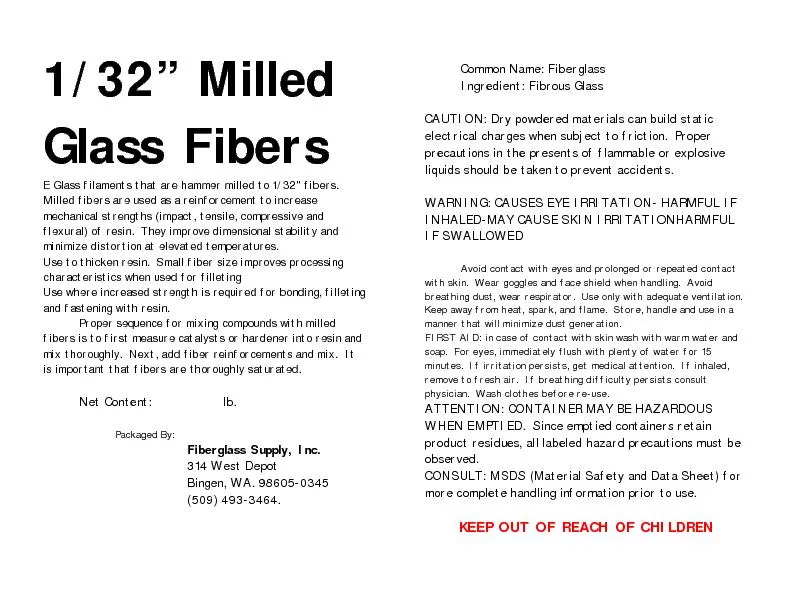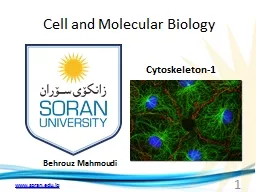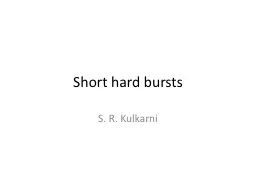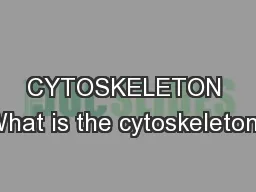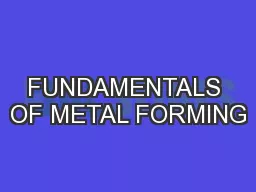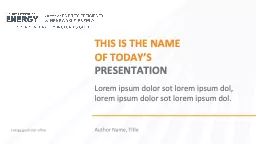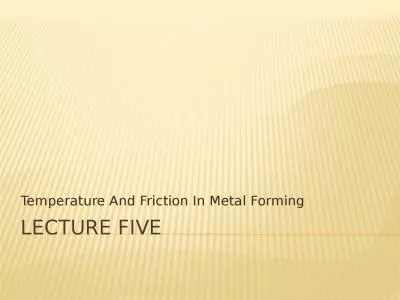PPT-Models of Star-Forming Filaments
Author : mitsue-stanley | Published Date : 2017-04-04
Phil Myers HarvardSmithsonian CfA Early Phase of Star Formation 2016 Ringberg Castle Germany June 27 2016 Overview Taurus complex Barnard 07 Musca Kainulainen15
Presentation Embed Code
Download Presentation
Download Presentation The PPT/PDF document "Models of Star-Forming Filaments" is the property of its rightful owner. Permission is granted to download and print the materials on this website for personal, non-commercial use only, and to display it on your personal computer provided you do not modify the materials and that you retain all copyright notices contained in the materials. By downloading content from our website, you accept the terms of this agreement.
Models of Star-Forming Filaments: Transcript
Download Rules Of Document
"Models of Star-Forming Filaments"The content belongs to its owner. You may download and print it for personal use, without modification, and keep all copyright notices. By downloading, you agree to these terms.
Related Documents

